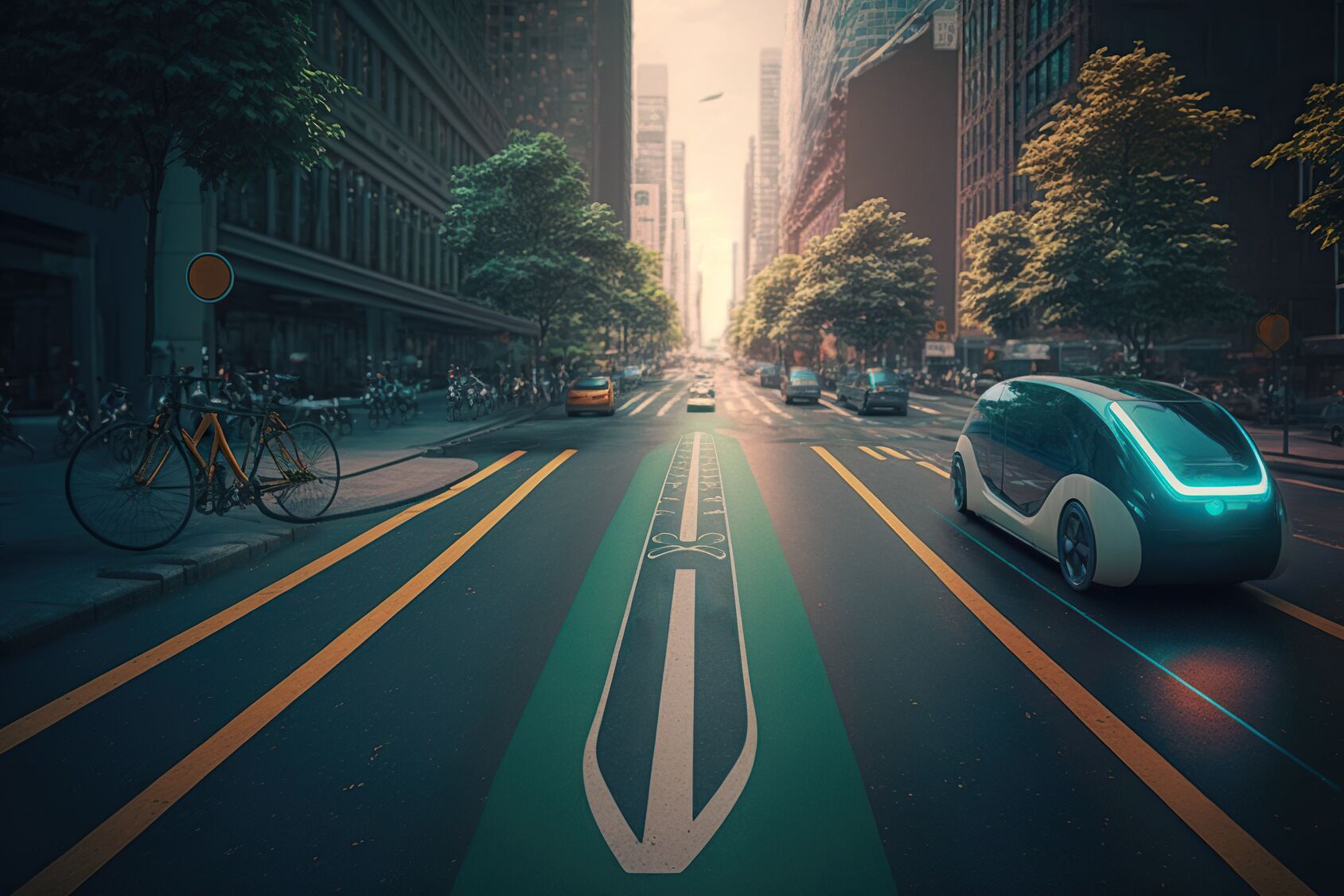
Hello Christoph, you're co-organiser for the Future Mobility section at EUROBIKE, with particular responsibility for LEVs. What does this actually mean?
This class of vehicles, officially light electric vehicles, or LEVs for short, are an intermediate stage between the bicycle and the conventional car. There are categories from L1 to L7 with various subclasses in-between. An S-pedelec, for example, belongs in Class L1e-B, because it is very similar to a bike. The highest class L7 is directly below a passenger car. These are four-wheeled vehicles with an unladen weight of up to 450 kilograms. Although they look almost like cars, they do have a significantly different weight class. There are lightweight vehicles that are very similar to mopeds but have four wheels and a cabin. Three-wheeled models, like the Ape from Piaggio, belong in this class. The market is in fact extremely diverse and offers great potential.
Does the definition also include electric stand-up scooters?
No, e-scooters are not classified as LEVs but as eKF (small electric vehicles) because they are only allowed they are only allowed to travel at 6 or 20 km/h. One important feature of the LEV class, is that they can reach a maximum speed of up to 45 km/h. This is why you need a driving license or insurance for them, but not for an e-scooter.
For which target groups are LEVs actually of interest?
I see a great deal of potential among the younger generation. Teenagers of age 16 and above, in some cases 15, are permitted to use the vehicles in road traffic. This gives young people a reasonably priced alternative to the bike, pedelec or moped, and one in which they can also transport their friends. Many of the car-like vehicles are presumably not yet cool enough for young people, but this is bound to change soon.
The second large group in my view is service providers who have to send their staff to various locations in a town with a limited amount of material, e.g. private care services, meals on wheels or cleaning firms. The maintenance costs are lower and the vehicles can be used throughout the year.
Within Germany and the EU, though, LEVs are still in their infancy. What incentives are needed for their breakthrough.
There are two aspects we have to consider if LEVs are to stand a chance at all: the vehicles and the infrastructure. LEVs are significantly less expensive to buy or lease than an e-cargo bike or e-bike – and yet they offer more features. On the other hand, in contrast to the electric car, there are no subsidies from the federal government. LEVs are a low-cost electric alternative, but one that lacks political support. A look at the infrastructure shows this even more clearly. In contrast to the bicycle as well, LEVs do not have their own infrastructure. They are exposed to the present-day challenges of the car. A separate infrastructure on the main traffic routes would be needed. Either that or regulations such as a blanket speed limit of 30 in urban areas. If LEVs are to take part in today’s traffic, their safety features need to be on the same level as those of a car. For this reason, benefits need to be created: through incentives for buyers and certain types of privilege, e.g. their own congestion-free lanes or a better parking infrastructure. This is also a question of the political will.
"My personal opinion is that the infrastructure must be in place beforehand."

Many municipalities are currently subsiding the purchase of cargo bikes, and the available funds are quickly exhausted. However, once these vehicles are on the road, it becomes clear that the infrastrucutre is not yet there. Wouldn't it be better to keep the money back for setting up the infrastructure?
My personal opinion is that the infrastructure must be in place beforehand. The focus of local authorities should always be on the infrastructure first. This is the area in which private companies can do nothing because they are not allowed to. Don’t get me wrong: it is a good idea and correct to create purchasing incentives. But not until step two. In the first step, the infrastructure should be there to promote the pleasure of using the vehicle. All the rest will follow once the infrastructure is in place. This has been scientifically proven. Until the infrastructure is there, the group of users will remain limited.
"What we need is a mobility mix."
Space within cities is not getting any bigger, instead the competition for the limited areas is in full swing. The car as top dog is unwilling to cede any space. Does this mean LEVs are actually more in competition with the classic bicycle and pedelec?
There will no doubt be points of friction. But I actually see this as presenting an opportunity. What we need is a mobility mix. This has to make sense for various applications and not concentrate on the all-purpose tool of the car. With the increase in parking pressure and the move towards a more future-oriented way of thinking, the issue of alternatives will become prominent. This will be the point in time when the LEV becomes more firmly established. And that is when there will be a great outcry because the car is losing space again. It is hard to imagine life without the passenger car. It’s unrealistic. And nobody believes it anyway. But we have to work towards three-quarters of people wanting to use a vehicle other than a car. The LEV is an additional alternative to the bicycle and local public transport. One single class of vehicle will not predominate, but instead there will be different points of emphasis and users will then be able to select the vehicle that suits them personally. If the political will is there, then everything is possible.
Many car manufacturers are already producing the first LEVs. Will we see any of them at EUROBIKE?
That is our aim. So far I have the impression that the car manufacturers are only exhibiting LEVs at trade fairs to demonstrate the superiority of the conventional passenger car. Our aim is for the LEV sector to be taken seriously. We are working on concepts to showcase LEVs as an opportunity and a proper alternative. If the car manufacturers then come to Frankfurt and take part in EUROBIKE, we will be only too pleased.
Can the classical bike trade actually benefit from LEVs or will the future see these vehicles in the car showrooms?
That’s a good question because we don’t know that will happen to the conventional car dealership. Tesla is currently leading the way with direct sales. This present many benefits for the companies. Due to the large number of different bicycle types and brands, the bicycle trade involves a significantly greater input of advice. The LEV industry is very similar in this respect: there are a few big names but many small manufacturers with a variety of features. When it comes to advice, the bicycle dealer should therefore have an advantage. In terms of service, the products also represent an opportunity for the bicycle industry, because, to put it bluntly, some of them are just very, very large e-bikes. The components are similar, but simply have larger dimensions. The electronics are not as sophisticated as in a car. Nevertheless, you mustn’t forget that the car repair shops will change and react to the challenges of electromobility.
Further information about Christoph Neye


